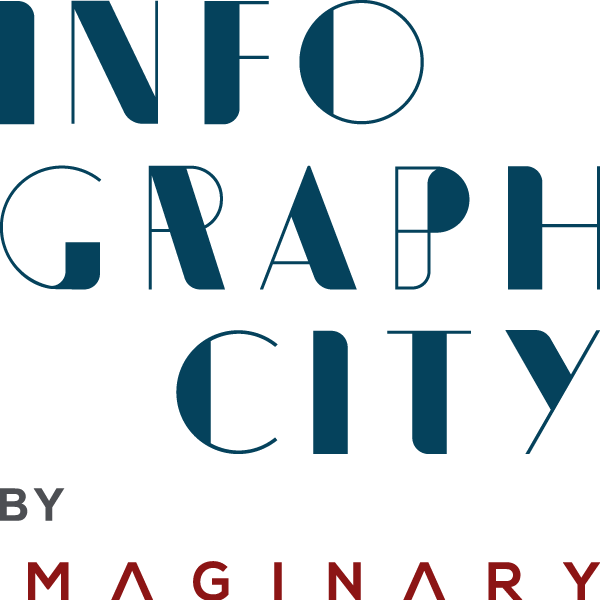As you already know, delivering a compelling presentation plays a crucial role in landing a job or securing a client. While nailing your next presentation might seem straightforward, many of us overlook key elements that can make or break our performance. We’ve all experienced presentations that didn’t go as planned, but understanding where we went wrong is the first step toward improvement. By identifying common pitfalls, you can enhance your presentation skills from the ground up. Here are 12 common mistakes you’re probably making when it comes to presentations, and how to transform them into strengths.

1. Lack of Preparation
If you don’t prepare adequately for your presentation, things can go horribly wrong. Having all the necessary information at your fingertips is essential.
Know Your Topic: Ensure you’re well-versed in the subject matter.
Understand Your Audience: Be aware of who will be attending and tailor your content accordingly.
Time Management: Be mindful of the allotted time frame to keep your presentation concise.
Update Visuals: If using slides, make sure they’re current and easy to read from various angles.
Preparation builds confidence and helps you deliver a seamless presentation.
2. Talking Too Much
Overloading your audience with information is a common mistake, especially when nerves kick in. Talking excessively can cause listeners to lose focus and become bored.
Be Concise: Stick to the main points and avoid unnecessary details.
Engage with Visuals: Use slides or videos to illustrate concepts instead of lengthy explanations.
Practice Brevity: Aim to spend around six minutes on each slide before moving on.
Remember, less is more when it comes to keeping your audience engaged.
3. Talking Too Little About Your Work
While brevity is important, underrepresenting your expertise can be equally detrimental.
Showcase Your Skills: Creatively weave your accomplishments and experience into your speech.
Use Examples: Share stories or case studies that highlight your abilities.
Present Your Portfolio: Let visual aids demonstrate your proficiency.
Demonstrating your value helps establish credibility and keeps the audience interested.
4. Using Ineffective Visual Aids
Visual aids are powerful tools, but if used poorly, they can hinder your message.
Relevance is Key: Choose visuals that complement your topic and resonate with your audience.
Clarity Matters: Ensure slides are easy to read and not cluttered with information.
Avoid Mismatches: Don’t present irrelevant data that confuses your audience.
Select visual aids that enhance understanding and keep the audience engaged.
5. Inadequate Practice
Delivering a presentation isn’t just about reading from a script; it’s about connecting with your audience.
Rehearse Thoroughly: Practice your speech multiple times to ensure smooth delivery.
Refine Your Message: Focus on your key takeaway and ensure all content supports it.
Work on Delivery: Pay attention to pronunciation, pace, volume, and body language.
Consistent practice leads to confidence and a more impactful presentation.
6. Lack of Engagement
There’s a significant difference between delivering a presentation and truly engaging with it.
Set Clear Objectives: Define the purpose of each slide for better audience comprehension.
Simplify Slides: Avoid overloading slides with text or complicated graphics.
Interact with the Audience: Maintain eye contact, ask questions, and encourage participation.
Vary Your Pace: Adjust your speaking speed to maintain interest.
Active engagement keeps your audience attentive and makes your presentation more memorable.
7. Not Being Authentic
Authenticity is crucial in building trust with your audience.
Be Yourself: Let your personality shine through rather than adopting a facade.
Be Honest: Share genuine experiences and insights.
Connect Emotionally: Show passion for your topic to inspire your audience.
Authenticity fosters a genuine connection and makes your message more impactful.
8. Poor Time Management
Failing to manage your time can lead to rushed or incomplete presentations.
Plan Ahead: Allocate specific time slots for each section of your presentation.
Practice Timing: Rehearse to ensure you stay within the allotted time.
Prioritize Content: Focus on the most important points if time is limited.
Effective time management ensures you cover all key points without overwhelming your audience.
9. Neglecting to Address the Audience’s Needs
Focusing solely on what you want to say without considering your audience can be a misstep.
Understand Their Interests: Research what your audience cares about.
Tailor Your Message: Customize your content to address their needs and concerns.
Invite Feedback: Encourage questions and discussions.
By aligning your presentation with the audience’s expectations, you increase its relevance and impact.
10. Reading Directly from Slides or Notes
Relying too heavily on slides or notes can disengage your audience.
Know Your Material: Familiarize yourself with the content so you can speak naturally.
Use Slides as Guides: Let slides support your speech, not dictate it.
Maintain Eye Contact: Engage with your audience rather than focusing on your notes.
Speaking confidently without over-reliance on aids keeps your audience connected.
11. Failing to Provide a Clear Call-to-Action
Not guiding your audience on the next steps can leave them uncertain.
Summarize Key Points: Recap the main takeaways at the end.
Provide Next Steps: Clearly outline what you want the audience to do after the presentation.
Offer Resources: Provide additional materials or contact information for follow-up.
A clear call-to-action ensures your message leads to the desired outcome.
12. Weak Conclusion
Ending abruptly or without emphasis can diminish the impact of your presentation.
Craft a Strong Closing: Prepare a conclusion that reinforces your message.
Express Gratitude: Thank your audience for their time and attention.
Leave a Lasting Impression: End with a memorable statement or quote.
A powerful conclusion leaves your audience with a positive and lasting impression.
Wrapping Up
Improving your presentation skills is an ongoing process. By recognizing and addressing these common mistakes, you can enhance your ability to communicate effectively, engage your audience, and achieve your objectives. Remember, the key to a successful presentation lies in preparation, authenticity, and connection with your audience. Implement these strategies, and you’ll be well on your way to delivering impactful presentations that leave a lasting impression.

